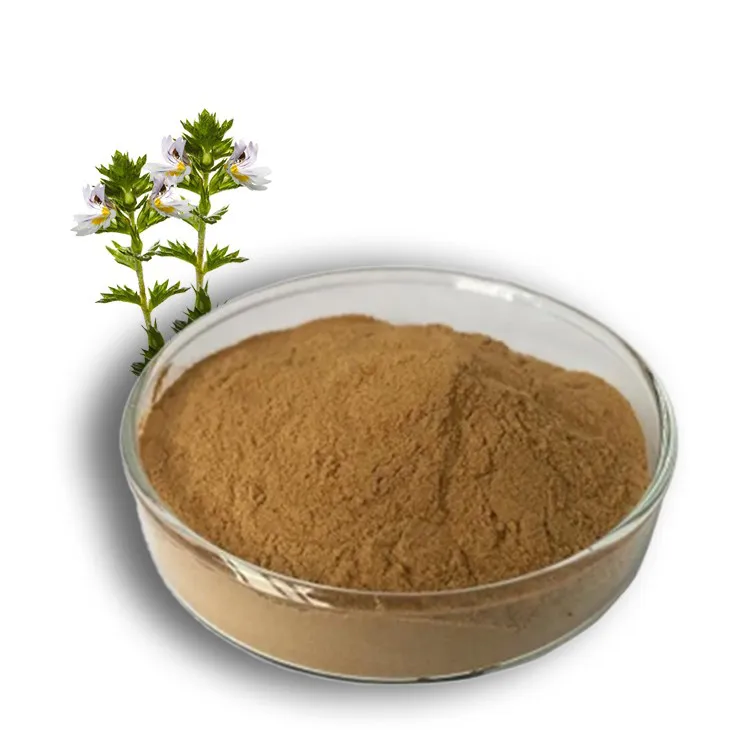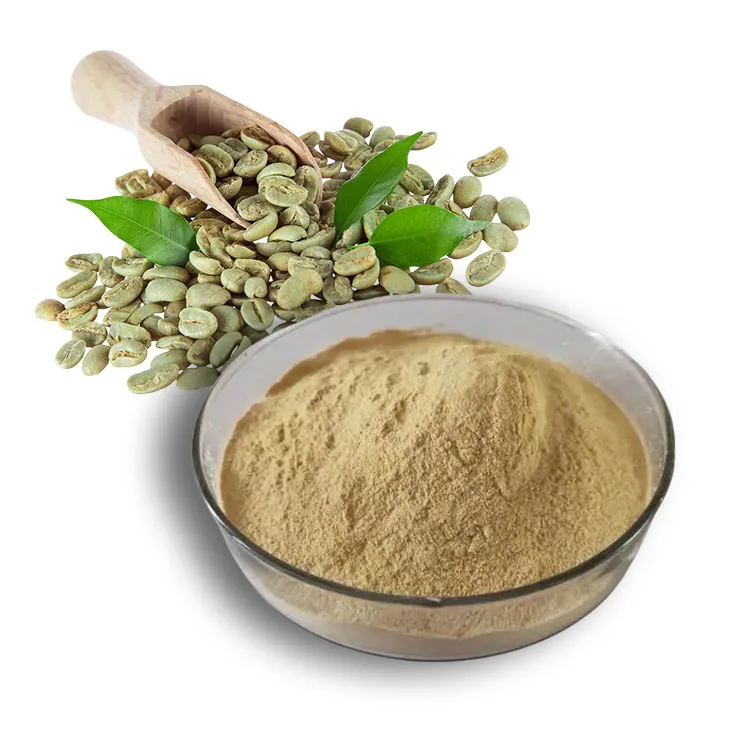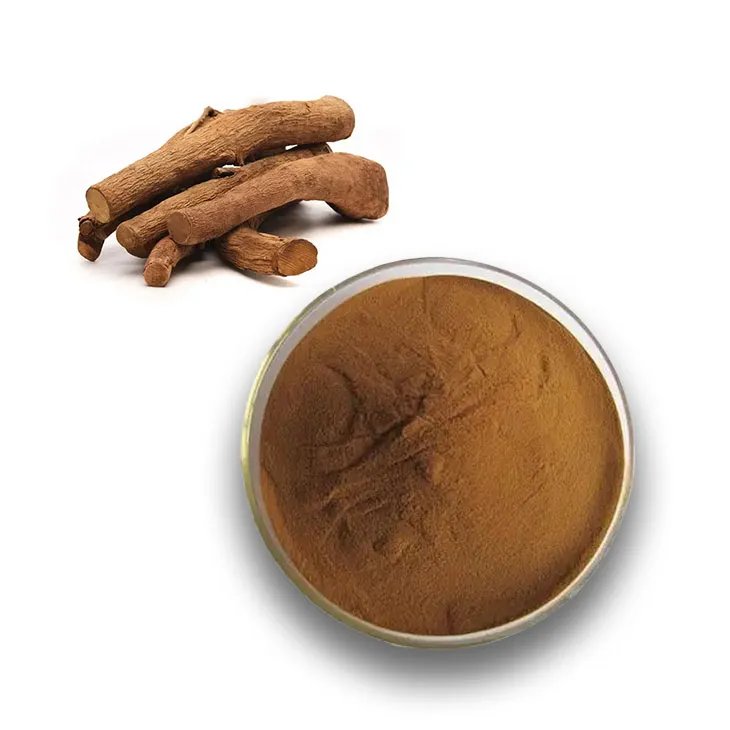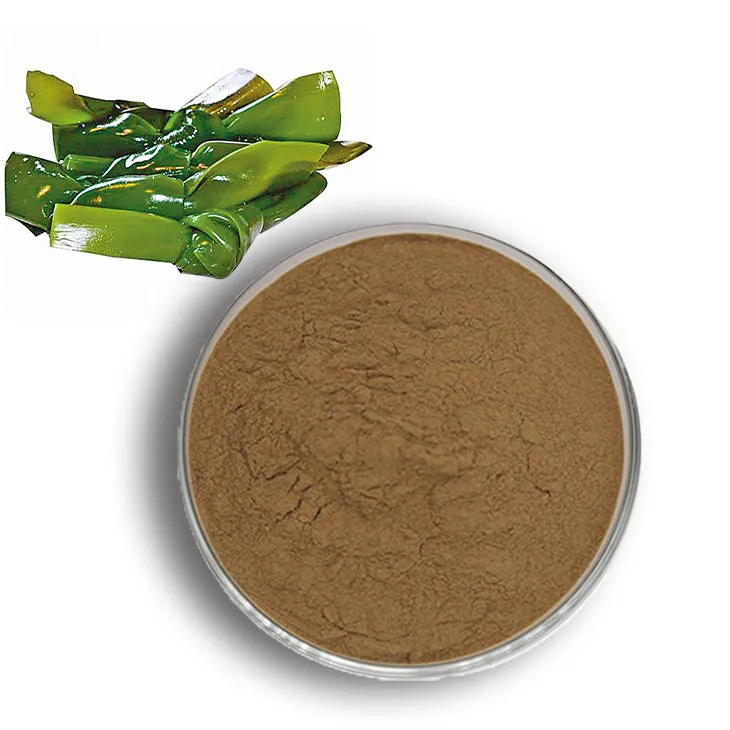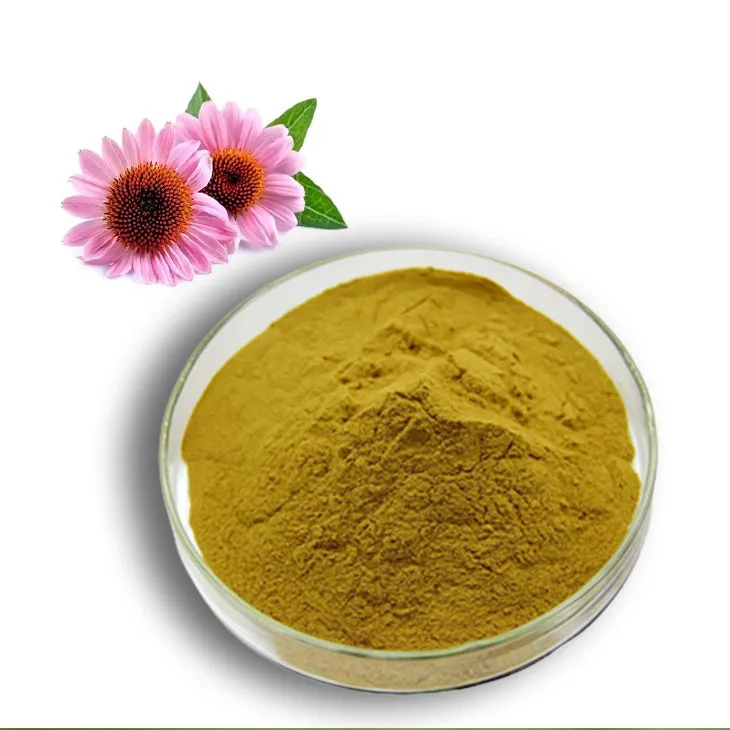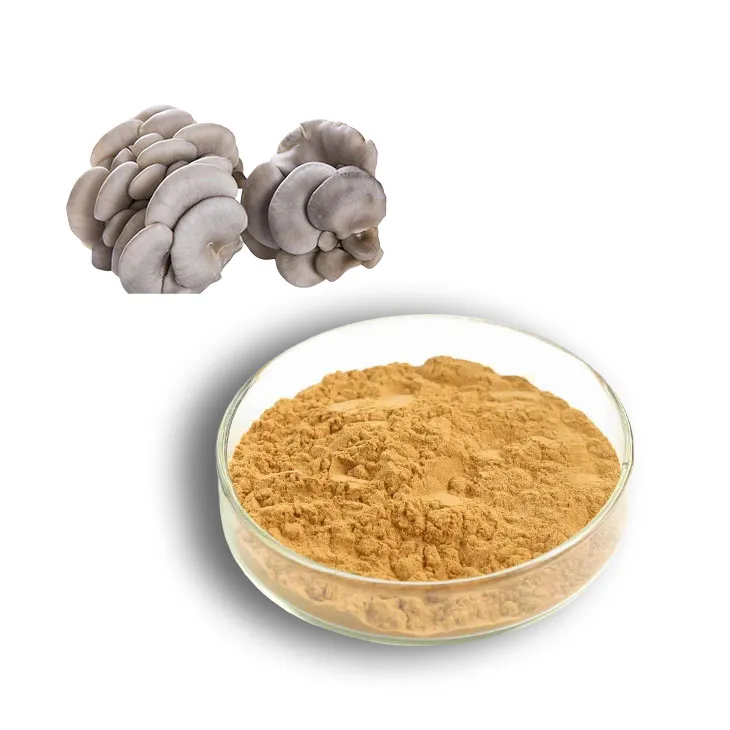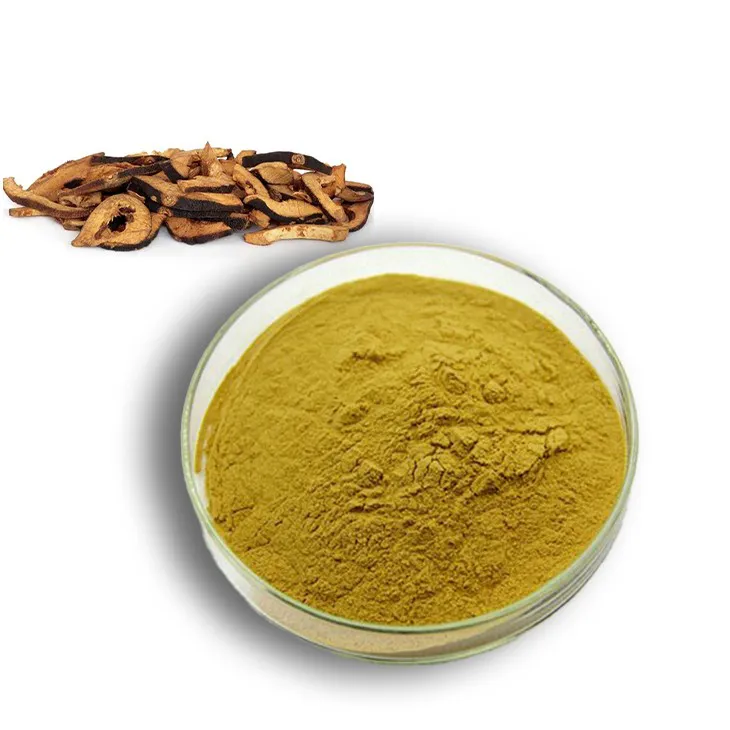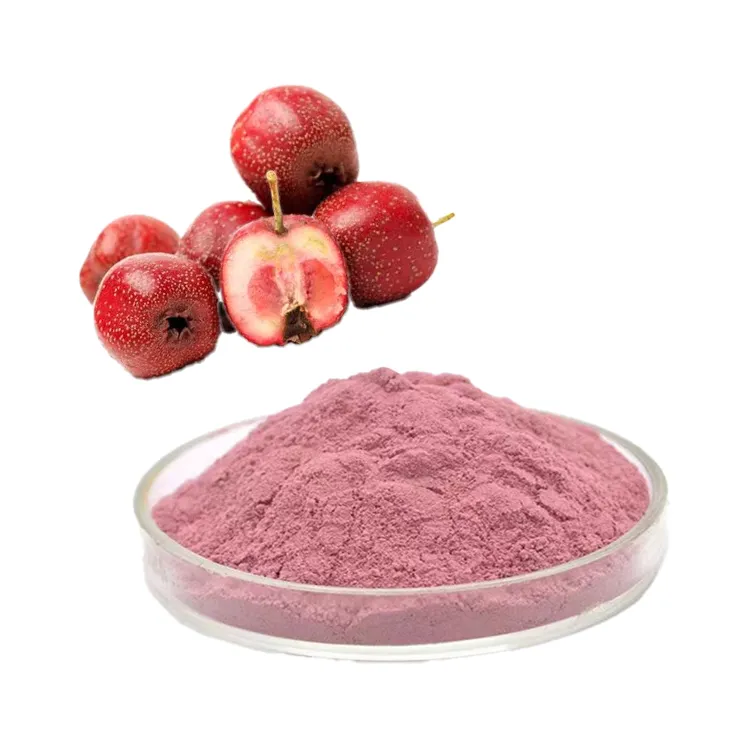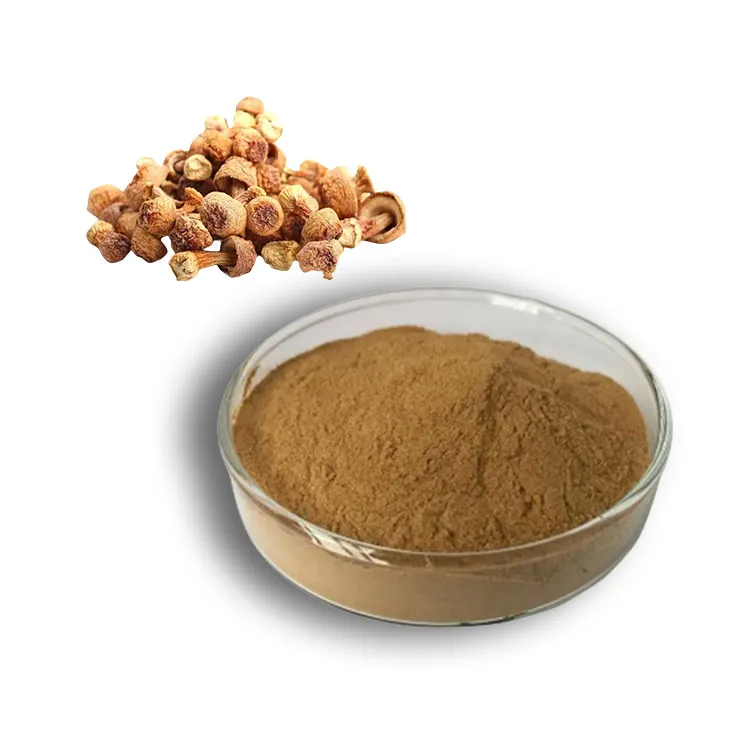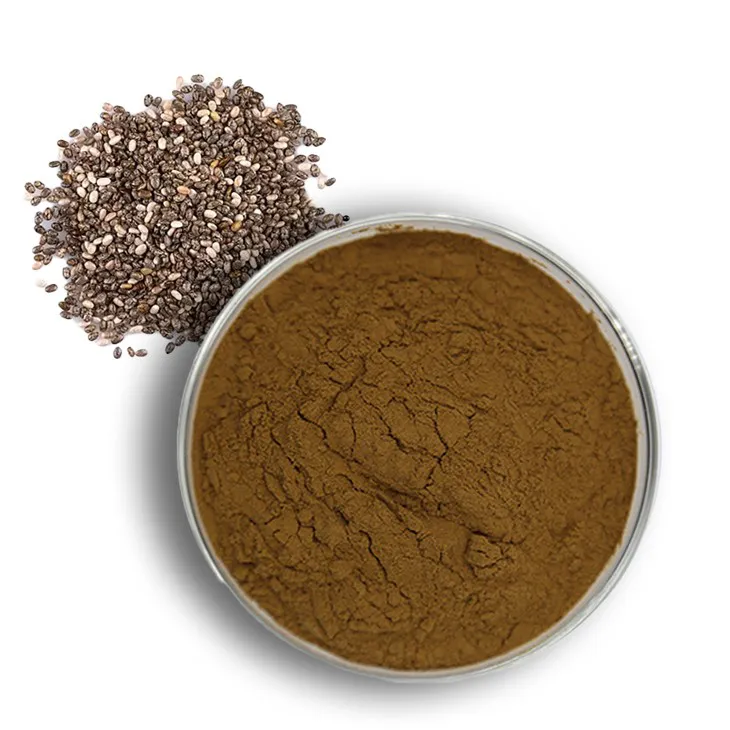- 0086-571-85302990
- sales@greenskybio.com
Emerging Trends and Competitive Strategies in the Bromelain Market.
2024-12-10
1. Introduction
The bromelain market has been experiencing significant growth and transformation in recent years. Bromelain, an enzyme derived from pineapples, has a wide range of applications in various industries, including food, pharmaceuticals, and cosmetics. Understanding the emerging trends in this market is crucial for businesses to stay competitive and for researchers to focus their efforts effectively. This article will explore the emerging trends in the bromelain market, including those in research and development (R & D) and marketing channels, and will also analyze competitive strategies such as brand building and quality improvement.
2. Emerging Trends in R & D
2.1. New Applications
One of the most notable emerging trends in bromelain R & D is the discovery of new applications. Bromelain has long been known for its digestive and anti - inflammatory properties, but recent research has uncovered additional potential uses.
- In the pharmaceutical industry, there is growing evidence that bromelain can play a role in treating certain types of cancer. Studies have shown that it may help to break down the extracellular matrix of tumors, making it easier for the immune system to target cancer cells.
- In the field of wound healing, bromelain has been found to promote the removal of dead tissue and accelerate the regeneration of healthy tissue. This has led to its use in the development of advanced wound - care products.
- In cosmetics, bromelain is being explored for its exfoliating properties. It can gently break down dead skin cells on the surface of the skin, leaving it smoother and more radiant. This has led to the inclusion of bromelain in a variety of skincare products, such as face masks and scrubs.
2.2. Enhanced Production Techniques
Researchers are constantly looking for ways to improve the production of bromelain. Enhanced production techniques can lead to higher yields, lower costs, and more consistent product quality.
- Genetic engineering is being explored as a means of producing bromelain. By modifying the genes of the pineapple plants or the microorganisms used to produce bromelain, it may be possible to increase the enzyme's production levels.
- Optimization of extraction processes is another area of focus. New extraction methods are being developed to extract bromelain more efficiently from pineapple stems and fruits. These methods may involve the use of novel solvents or extraction conditions that can improve the purity and activity of the extracted bromelain.
2.3. Understanding the Mechanisms of Action
As the applications of bromelain expand, there is a greater need to understand its mechanisms of action at the molecular level. Understanding the mechanisms of action can help in the development of more targeted and effective bromelain - based products.
- Studies are being conducted to determine how bromelain interacts with specific proteins and receptors in the body. For example, in the case of its anti - inflammatory effects, researchers are trying to identify the signaling pathways that are affected by bromelain.
- Research is also focused on understanding how bromelain is metabolized in the body. This knowledge can be used to optimize dosing regimens and to predict potential drug - drug interactions when bromelain is used in combination with other medications.
3. Emerging Trends in Marketing Channels
3.1. Online Marketing
The rise of the internet has had a profound impact on the marketing of bromelain - based products. Online marketing has become an essential tool for reaching a wider audience and promoting brand awareness.
- Many companies are now using social media platforms to market their bromelain products. They create engaging content, such as posts about the health benefits of bromelain, product reviews, and user testimonials. Social media advertising also allows companies to target specific demographics, such as health - conscious consumers or those interested in natural remedies.
- E - commerce platforms have made it easier for consumers to purchase bromelain products. Online marketplaces offer a wide range of options, from bromelain supplements to skincare products containing bromelain. Companies can also benefit from the global reach of e - commerce, enabling them to sell their products to customers around the world.
3.2. Direct - to - Consumer Marketing
Another emerging trend in the marketing of bromelain products is direct - to - consumer marketing. This approach allows companies to bypass traditional distribution channels and sell directly to the end - user.
- Some companies are setting up their own websites and online stores, where they can offer exclusive deals and personalized customer service. They can also collect valuable customer data, such as purchase history and preferences, which can be used to improve their marketing strategies.
- Direct - to - consumer marketing also enables companies to educate consumers about the benefits of bromelain. They can provide detailed product information, including scientific studies and FAQs, to help consumers make informed purchasing decisions.
3.3. Niche Marketing
With the increasing competition in the bromelain market, many companies are turning to niche marketing to differentiate their products.
- For example, some companies are targeting specific health conditions, such as arthritis or digestive disorders, and promoting bromelain as a natural treatment option. They may develop specialized products or formulations that are tailored to the needs of these specific consumer groups.
- Others are focusing on the high - end or luxury market segment. They offer premium - quality bromelain products, often with added natural ingredients or in more sophisticated packaging, to appeal to consumers who are willing to pay a higher price for quality and exclusivity.
4. Competitive Strategies: Brand Building
Brand building is a crucial competitive strategy in the bromelain market. A strong brand can help a company to stand out from the competition, build customer loyalty, and command a higher price for its products.
4.1. Brand Identity
Developing a clear and unique brand identity is the first step in brand building.
- Companies need to define their brand values, such as quality, purity, and sustainability. These values should be reflected in every aspect of the brand, from the product packaging to the marketing messages.
- Choosing an appropriate brand name and logo is also important. The brand name should be easy to remember and pronounce, and the logo should be visually appealing and recognizable.
4.2. Brand Reputation
Building a positive brand reputation takes time and effort, but it is essential for long - term success.
- Companies should focus on providing high - quality products and excellent customer service. This includes ensuring product safety and efficacy, as well as responding promptly to customer inquiries and complaints.
- Engaging in corporate social responsibility (CSR) activities can also enhance a brand's reputation. For example, a company may support sustainable pineapple farming practices or contribute to health - related charities.
4.3. Brand Promotion
Effective brand promotion is necessary to increase brand awareness and drive sales.
- Companies can use a variety of marketing channels, such as advertising, public relations, and event marketing, to promote their brands. Advertising can be done through traditional media, such as television and print, as well as digital media, such as online ads and social media posts.
- Sponsorship and partnerships can also be effective brand promotion strategies. For example, a company may sponsor a health - related event or partner with a well - known health influencer to promote its bromelain products.
5. Competitive Strategies: Quality Improvement
In a competitive market like the bromelain market, quality improvement is a key strategy for staying ahead.
5.1. Quality Control in Production
Ensuring high - quality production through strict quality control measures is essential.
- Companies need to establish quality control standards for every stage of the production process, from raw material sourcing to final product packaging. This includes testing for purity, activity, and stability of the bromelain enzyme.
- Implementing good manufacturing practices (GMP) is also crucial. GMP ensures that products are consistently produced and controlled according to quality standards, reducing the risk of contamination and ensuring product safety.
5.2. Product Innovation for Quality Enhancement
Continuous product innovation can lead to quality enhancement and a competitive edge.
- Companies can invest in research to develop new formulations or delivery systems for bromelain. For example, they may develop a time - release capsule that provides a more sustained release of bromelain in the body, improving its effectiveness.
- Combining bromelain with other complementary ingredients can also enhance the quality of the product. For instance, adding anti - oxidants or other enzymes may have synergistic effects, increasing the overall health benefits of the product.
5.3. Quality Assurance in Marketing
Quality assurance should not stop at the production stage but should also extend to marketing. Quality assurance in marketing helps to build trust with consumers.
- Companies should ensure that their marketing claims are accurate and supported by scientific evidence. Over - hyping the benefits of bromelain without proper proof can damage a brand's reputation.
- Providing clear and transparent product information, such as ingredient lists, usage instructions, and potential side effects, is also important for quality assurance in marketing.
6. Conclusion
The bromelain market is evolving rapidly, with emerging trends in R & D and marketing channels presenting both opportunities and challenges for businesses. By implementing competitive strategies such as brand building and quality improvement, companies can position themselves for success in this dynamic market. As research continues to uncover new applications and production techniques for bromelain, and as marketing channels continue to expand and diversify, it will be important for companies to stay informed and adaptable to stay ahead in the bromelain market.
FAQ:
What are the main emerging trends in R & D within the bromelain market?
Some of the main emerging trends in R & D within the bromelain market may include research into new extraction methods for higher purity and yield. Scientists might be exploring ways to modify the enzyme to enhance its stability or specificity. There could also be a focus on understanding its potential applications in new areas such as in advanced pharmaceuticals or in bio - based materials.
How are marketing channels evolving in the bromelain market?
The marketing channels in the bromelain market are evolving in several ways. Online platforms are becoming more prominent, allowing for direct - to - consumer sales as well as easier access to information for business - to - business transactions. Additionally, there is an increased focus on partnering with health - and - wellness influencers to promote bromelain - based products. Another trend is the expansion of international marketing channels to reach new consumer bases in emerging economies.
Why is brand building an important competitive strategy in the bromelain market?
Brand building is crucial in the bromelain market as it helps to differentiate products in a crowded marketplace. A strong brand can convey trust, quality, and reliability to consumers. It also allows companies to build customer loyalty, which can lead to repeat purchases and positive word - of - mouth referrals. In a market where there may be many suppliers, a well - known brand can give a company a significant competitive advantage.
How can companies improve the quality of bromelain products as a competitive strategy?
Companies can improve the quality of bromelain products in several ways. Firstly, by investing in high - quality raw materials, such as selecting the best pineapples for extraction. Secondly, using advanced extraction and purification techniques to ensure high - purity and active bromelain. Thirdly, implementing strict quality control measures throughout the production process to monitor and maintain consistent product quality. Additionally, conducting regular research and development to optimize product formulations.
What are the potential challenges in implementing these competitive strategies in the bromelain market?
Some potential challenges include high costs associated with R & D for quality improvement and brand building, especially for smaller companies. There may be regulatory hurdles in different regions that can impact marketing strategies. Competition from low - cost producers who may not adhere to the same quality standards can also be an issue. Additionally, keeping up with rapidly evolving consumer demands and technological advancements in the field can be a challenge.
Related literature
- Recent Advances in Bromelain Research and Applications"
- "Bromelain in the Global Market: Trends and Opportunities"
- "Competitive Landscape of the Bromelain Industry: A Comprehensive Analysis"
- ▶ Hesperidin
- ▶ citrus bioflavonoids
- ▶ plant extract
- ▶ lycopene
- ▶ Diosmin
- ▶ Grape seed extract
- ▶ Sea buckthorn Juice Powder
- ▶ Beetroot powder
- ▶ Hops Extract
- ▶ Artichoke Extract
- ▶ Reishi mushroom extract
- ▶ Astaxanthin
- ▶ Green Tea Extract
- ▶ Curcumin Extract
- ▶ Horse Chestnut Extract
- ▶ Other Problems
- ▶ Boswellia Serrata Extract
- ▶ Resveratrol Extract
- ▶ Marigold Extract
- ▶ Grape Leaf Extract
- ▶ blog3
- ▶ Aminolevulinic acid
- ▶ Cranberry Extract
-
What is Cranberry Extract Good For?
2024-12-10
-
What Organ Is Cranberry Good For?
2024-12-10
-
Eyebright Extract
2024-12-10
-
Green coffee bean Extract
2024-12-10
-
Tongkat Ali Extract Powder
2024-12-10
-
Kelp Extract Powder
2024-12-10
-
Echinacea Extract
2024-12-10
-
Oyster Mushroom Extract Powder
2024-12-10
-
Citrus Aurantium Extract
2024-12-10
-
Hawthorn powder
2024-12-10
-
Agaricus Blazei Extract
2024-12-10
-
Chia Seed Powder
2024-12-10
















